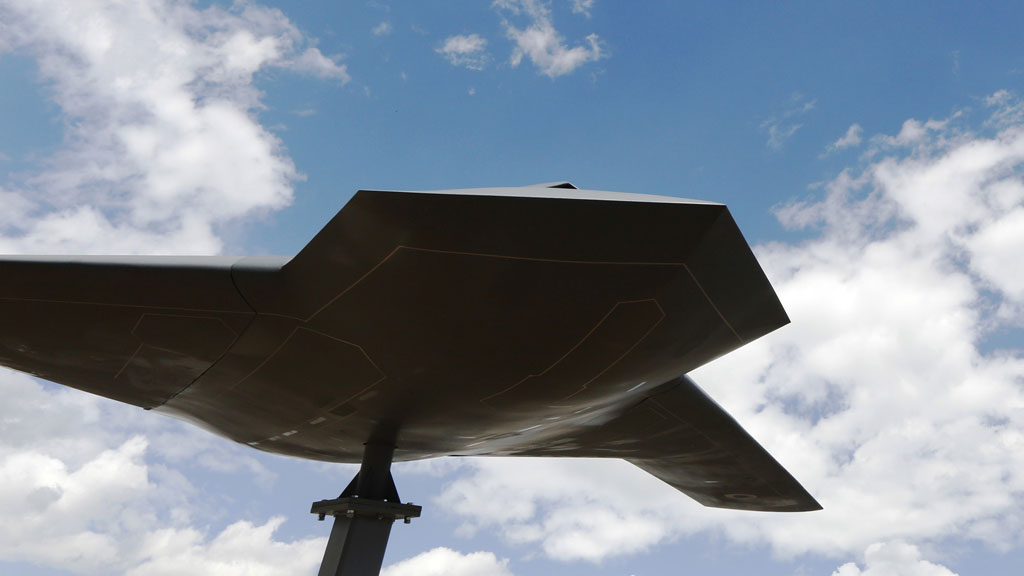Is north Africa the next honeypot for drones?
A rising death toll in Afghanistan, another round of army cuts and a new front opening on the war on terror. Is this the next phase in the decade of the drone?

Make no mistake: drones are silently sweeping the world. They are rarely mentioned officially but right now there are an estimated 10,000 deployed in 11 states, of which one tenth are thought to be armed.
Though Barack Obama made no mention of them in his inauguration speech, they are his administration’s weapon of choice. On Monday the outgoing US Defence Secretary Leon Panetta said that unmanned drones would be “a continuing tool of national defence” even after troops withdraw from Afghanistan.
Meanwhile the CIA is finalising new guidelines on how drones should be deployed, signalling its commitment to a remote-controlled future.
Silent but increasingly deadly
Few aspects of western foreign policy polarise opinion so much. Advocates argue they are cheaper, more targeted and do not endanger soldiers’ lives; while witnesses to the horror on the ground say their effects are devastating, with death and collateral damage that is impossible to assess and which rarely goes reported.
Suspicions on either side were compounded after the The New York Times reported that the US regarded any adult male killed in a defined “kill zone” could be regarded a terrorist, unless posthumously proven otherwise.
Pakistan is the current honeypot for drones. The Bureau of Investigative Journalism says more than 350 drone strikes in Pakistan since 2004 – with 310 of them launched under Obama’s watch. The strikes have killed up to 3,461 people, 891 of them civilians.
Britain’s role?
Britain is not yet as far advanced in drone deployment as the US – but not for lack of effort. The UK is thought to have spent more than £2bn on drone development, with the Reaper and the Watchkeeper the two major models.
The Ministry of Defence initially hoped the Watchkeeper, an advanced surveillance UAD built in a joint partnership between a French and Israeli firm, would be deployed by summer 2010. The machines are still in testing phase in Wales. Meanwhile a squadron of Reapers were deployed from the RAF Waddington in Lincolnshire into Afghanistan last October.
This comes Britain remains under pressure to clarify the terms of its complicity with the US on drone strikes after cases such as Noor Khan, whose father was apparently killed in a CIA strike. He issued legal proceedings through a British court. Last month he was denied permission to progress his case to a full hearing, but he is currently in the process of appealing that.
Next stop, Africa?
Recent events in Mali and Algeria have added an intriguing new subplot to drone deployment. Though shrouded in secrecy, there is mounting evidence to suggest attentions are shifting to UAV possibilities in north Africa.
Even three months before last week’s hostage crisis, a French defence official reportedly said the country was moving surveillance drones into Mali as part of a joint intelligence mission with the US.
Meanwhile, while insisting there would be no boots on the ground in Mali, David Cameron has not technically ruled out drone warfare: saying he was considering the provision of “other transport and surveillance assets”.
And it would not be Britain’s first use of such technology in north Africa, either. Last year it emerged that RAF pilots flew armed US drones as part of Nato’s military effort in Libya, ten months after insisting there were no British drones or UAVs involved.
-
Latest news
-
Taylor Swift’s new break-up album breaks records3m

-
NHS trust fined £200K for failings that led to death of two mental health patients3m

-
Sunak vows to end UK ‘sick note culture’ with benefit reform3m

-
‘Loose talk about using nuclear weapons is irresponsible and unacceptable’, says head of UN’s nuclear watchdog3m

-
‘There wasn’t an Israeli attack on Iran,’ says former adviser to Iran’s nuclear negotiations team7m

-




